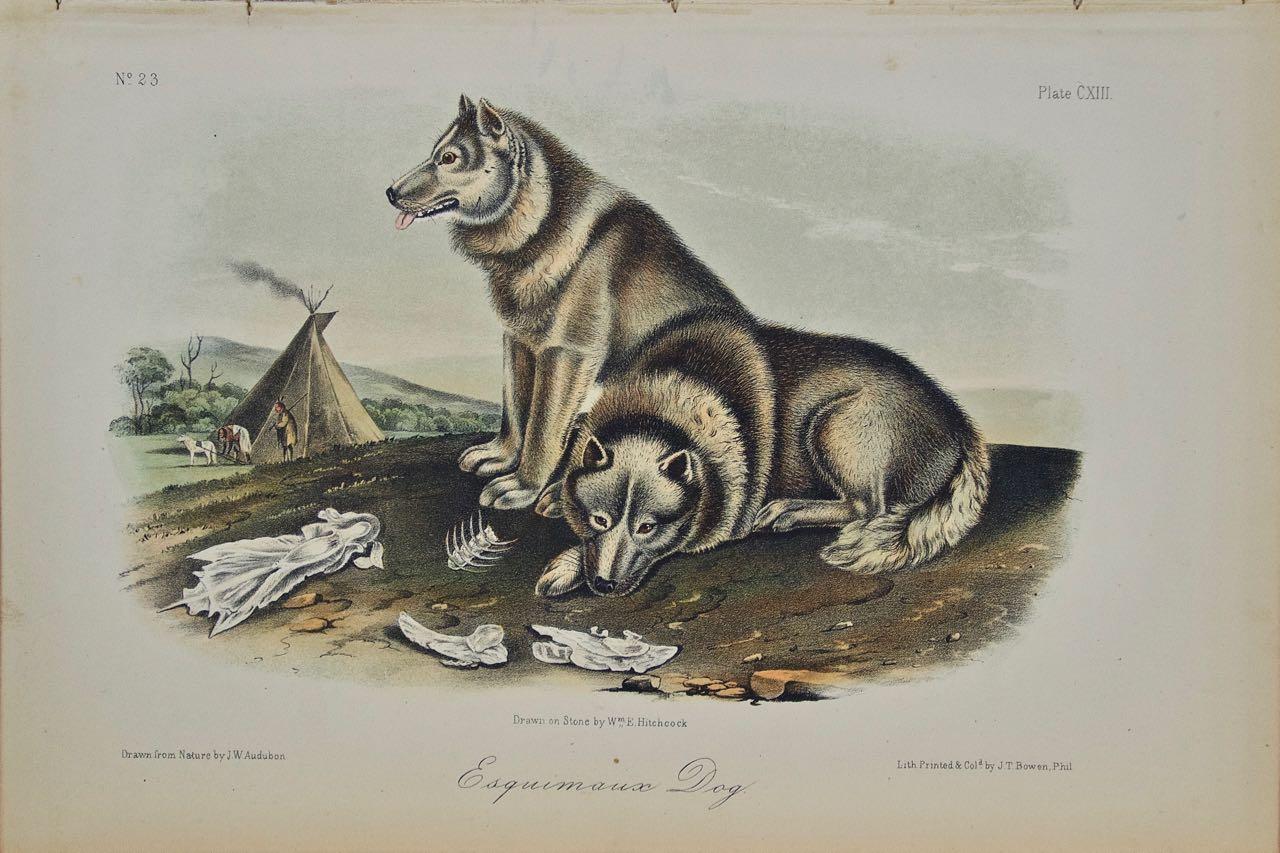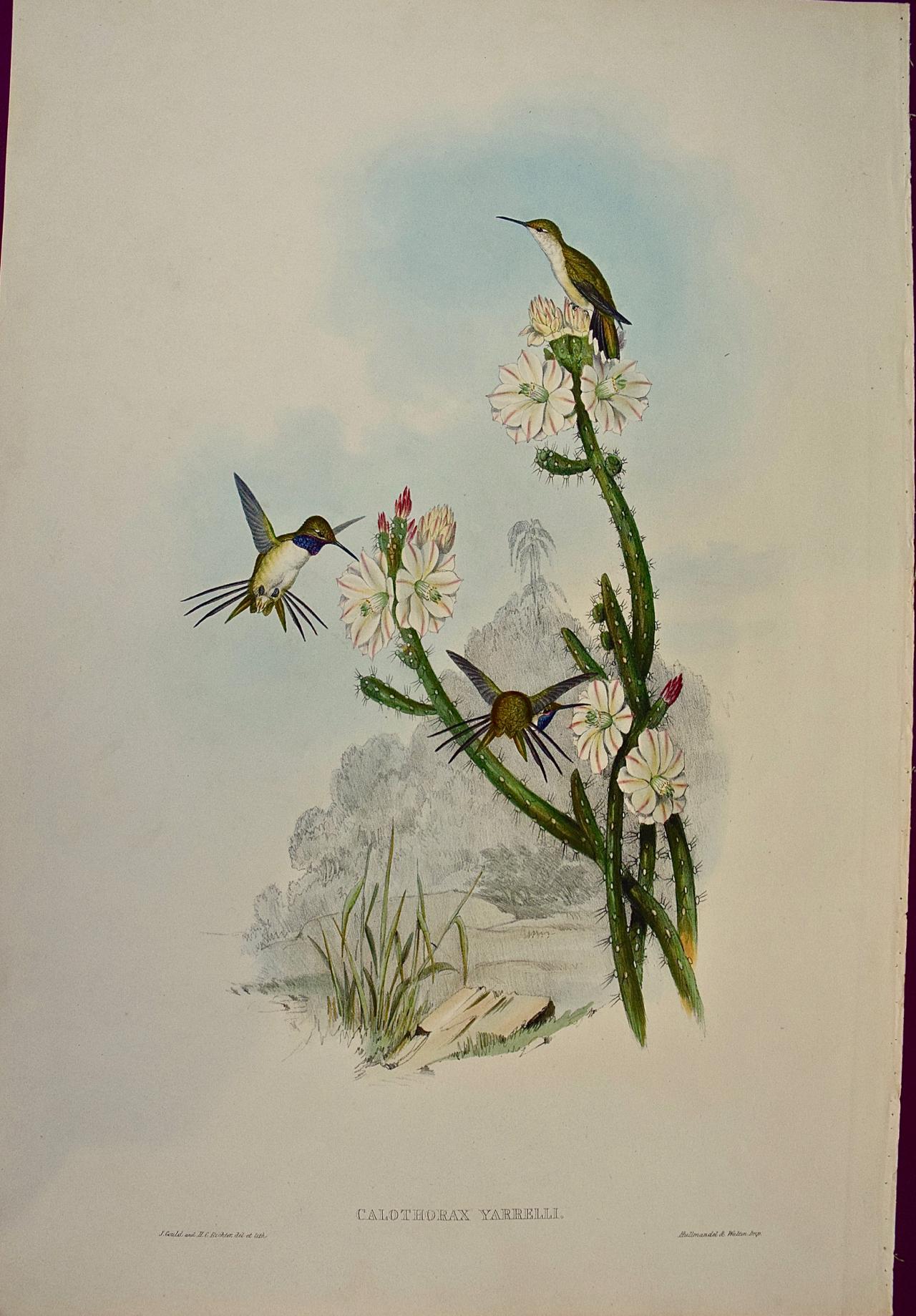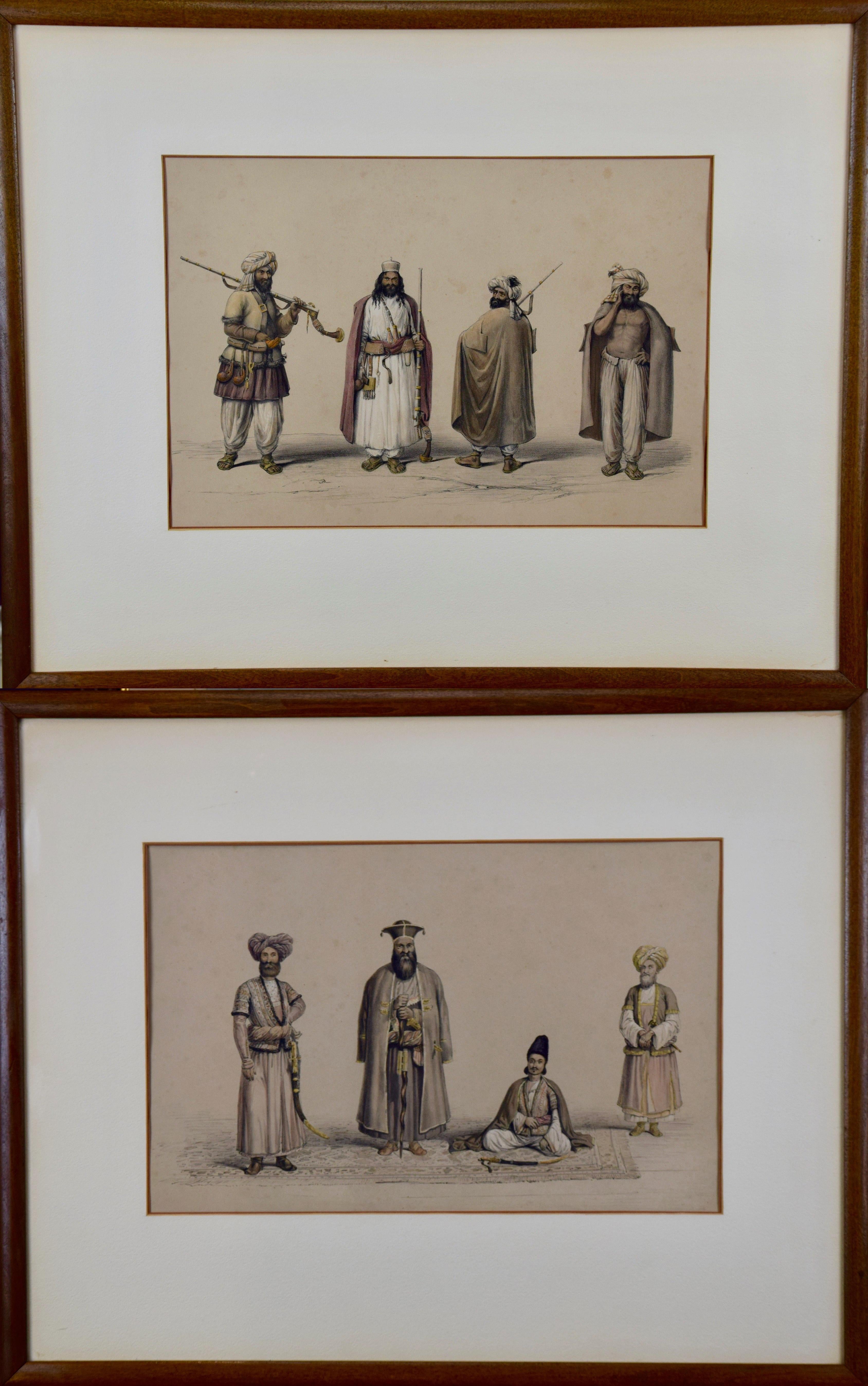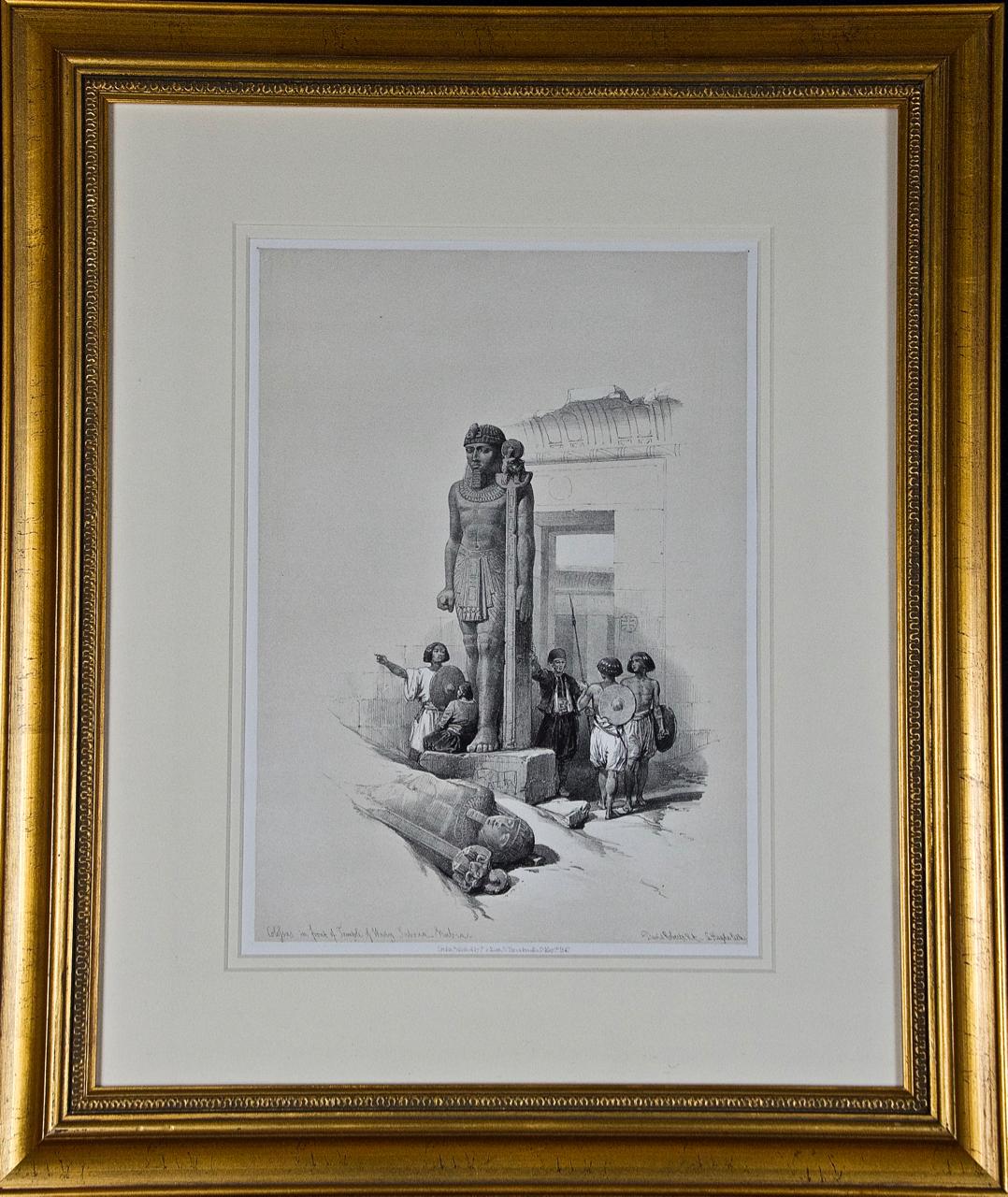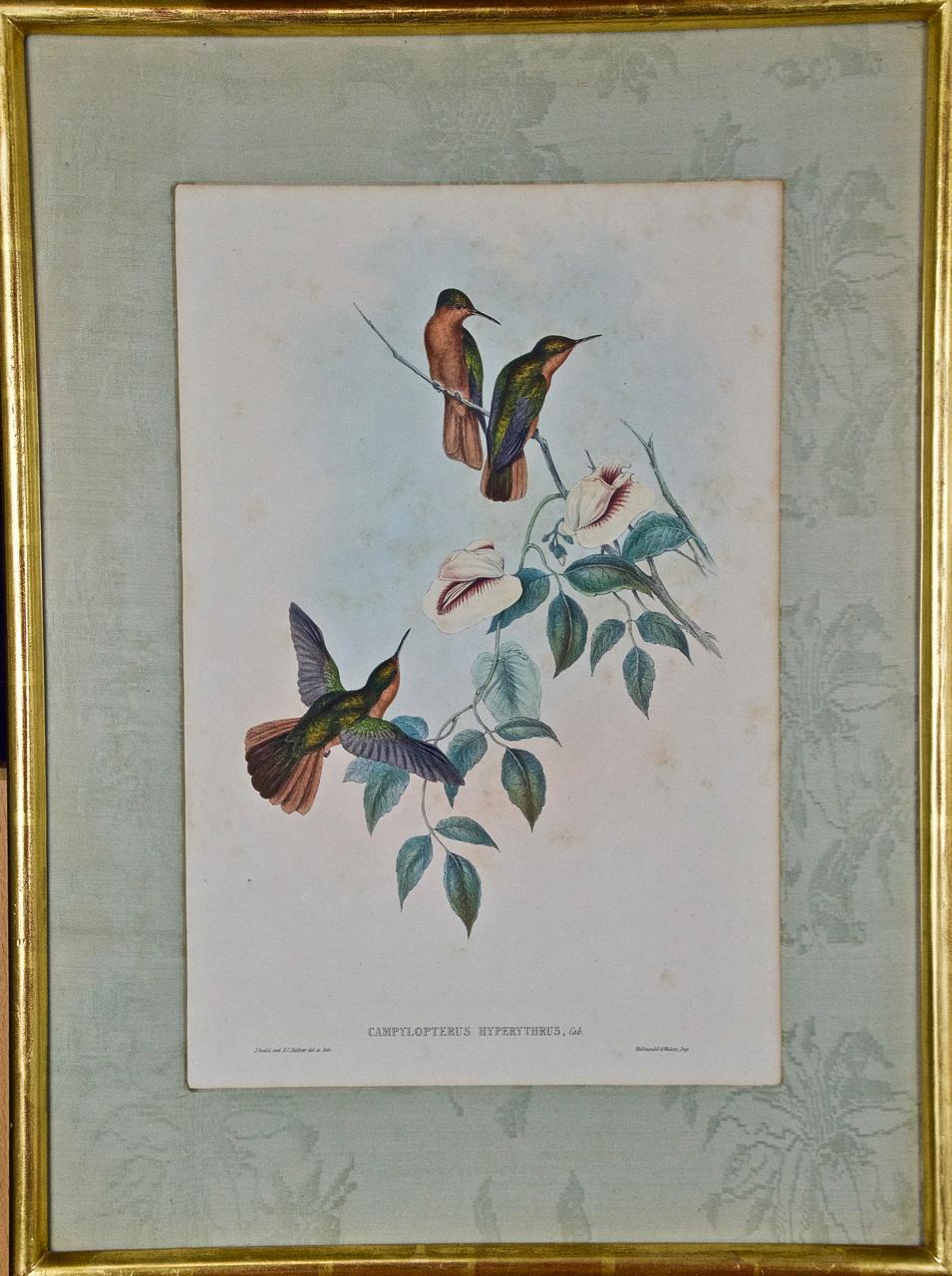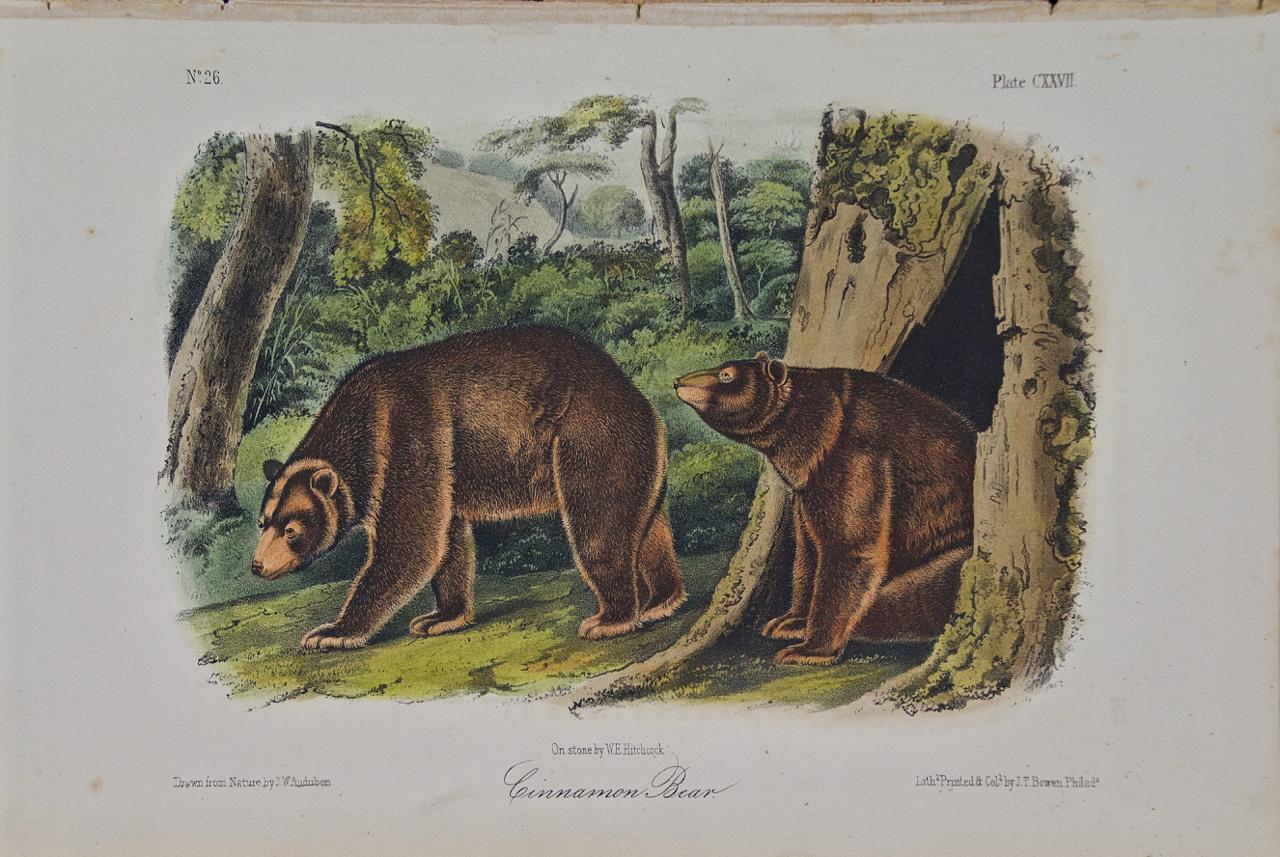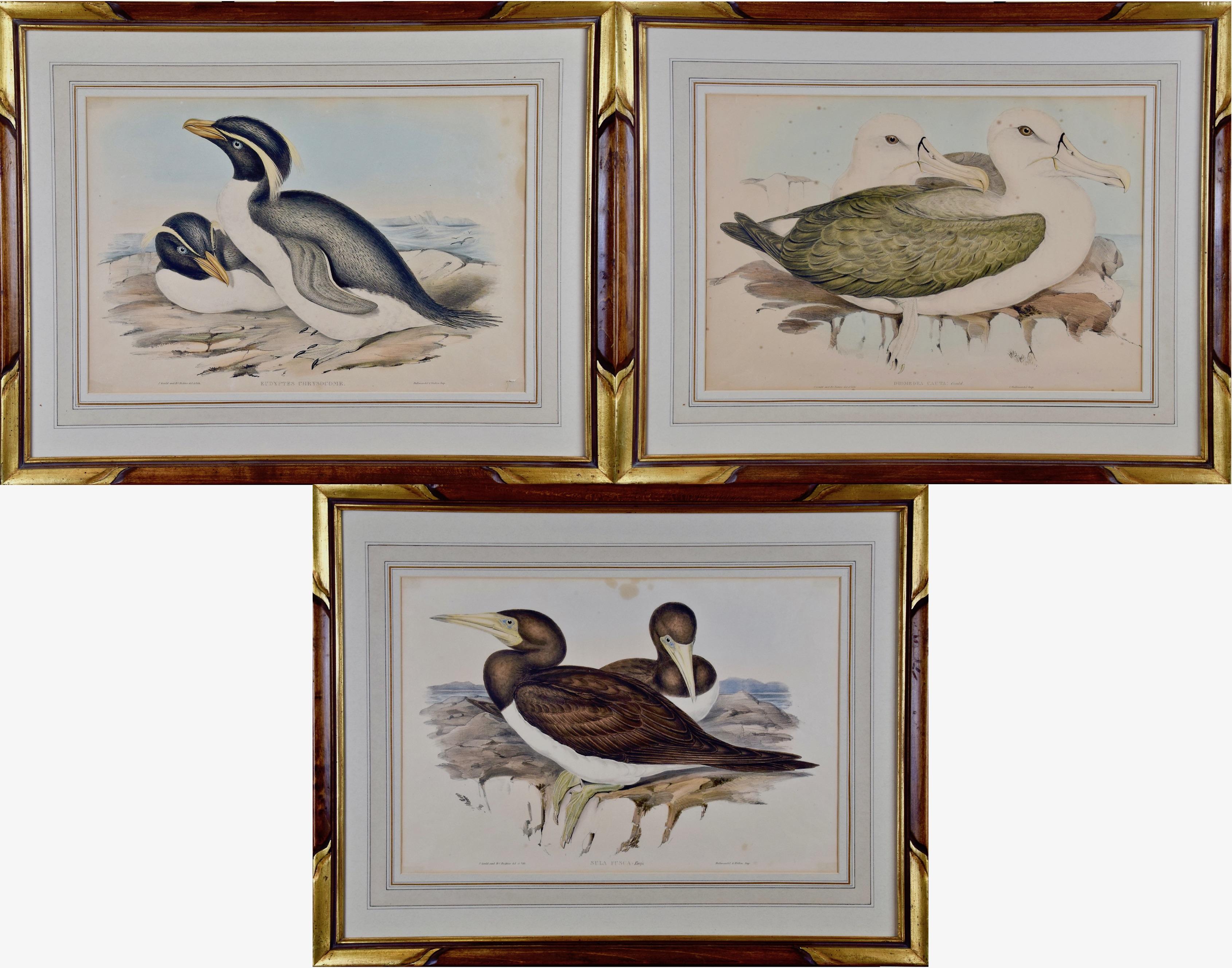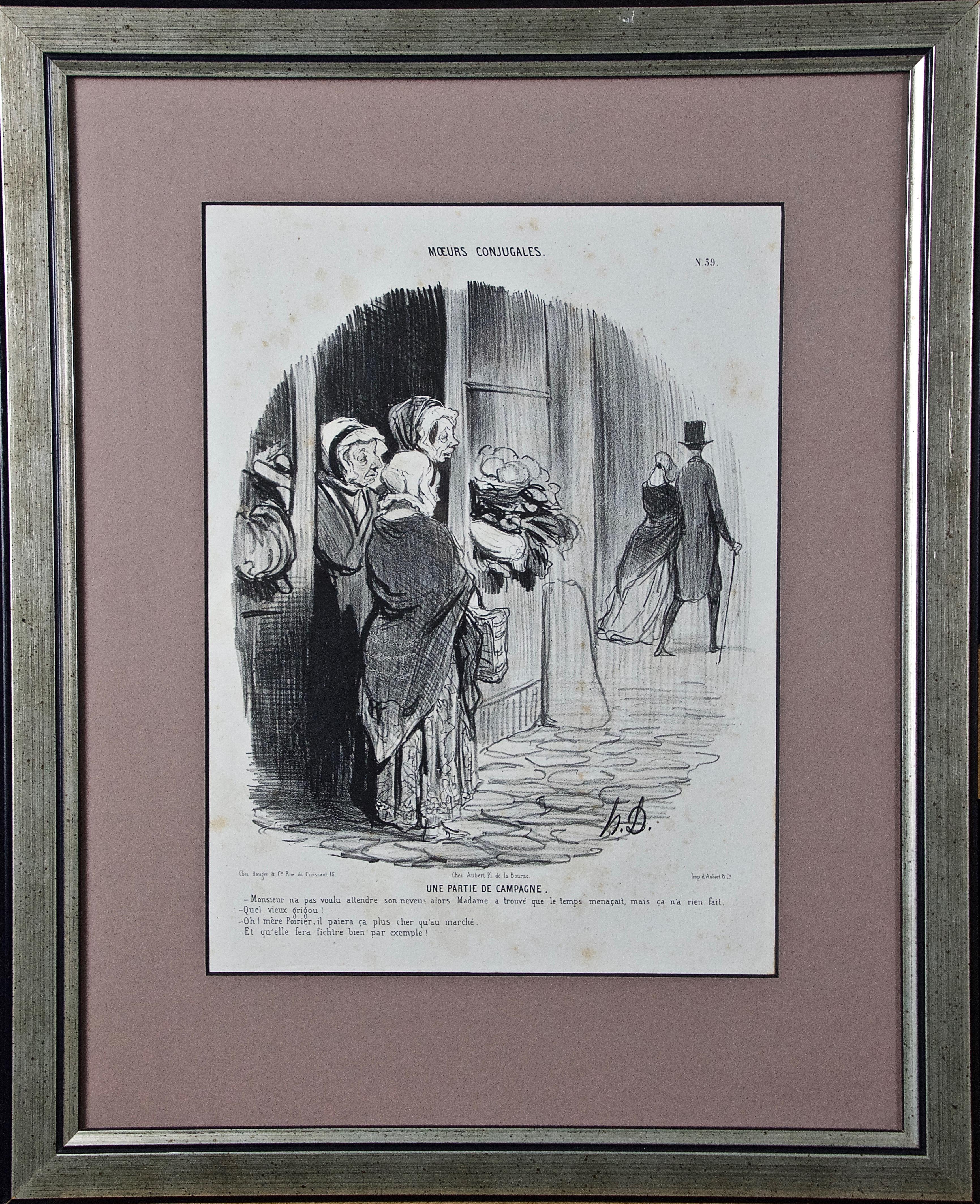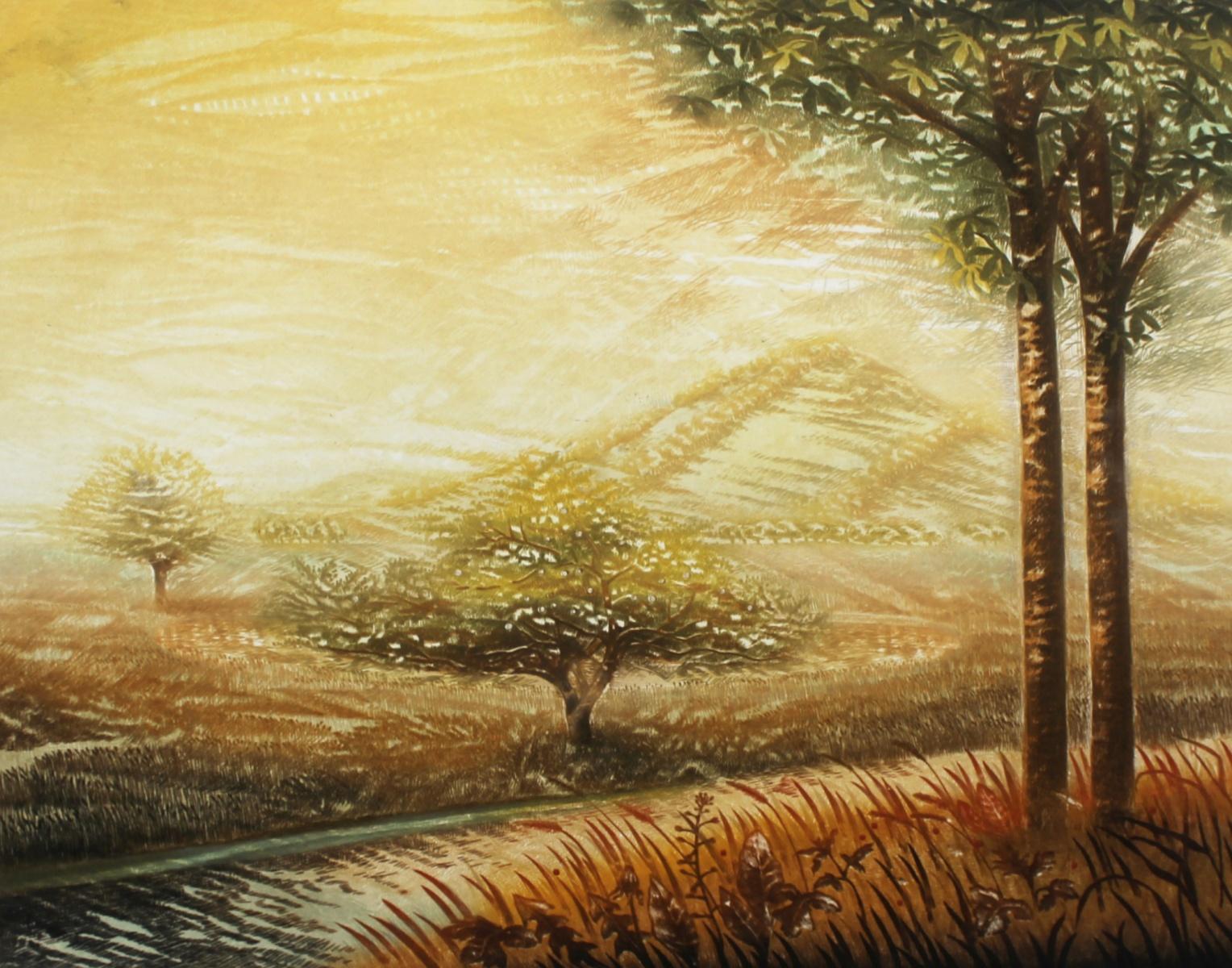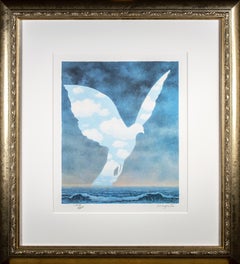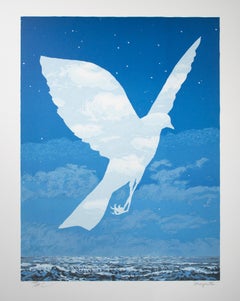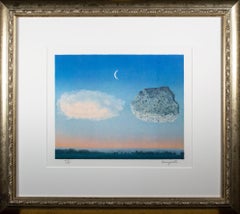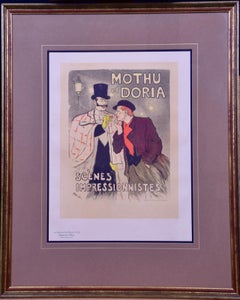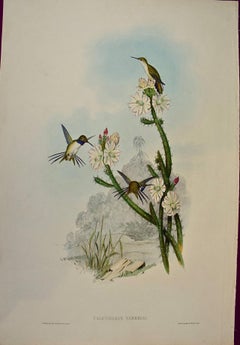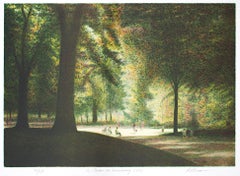
"Le Jardin du Luxembourg, " Original Color Lithograph signed by Harold Altman
View Similar Items
Want more images or videos?
Request additional images or videos from the seller
1 of 6
Harold Altman"Le Jardin du Luxembourg, " Original Color Lithograph signed by Harold Altman1996
1996
About the Item
- Creator:Harold Altman (1924 - 2003, American)
- Creation Year:1996
- Dimensions:Height: 18 in (45.72 cm)Width: 26 in (66.04 cm)
- Medium:
- Period:
- Condition:
- Gallery Location:Milwaukee, WI
- Reference Number:Seller: 8387c1stDibs: LU60532246873
About the Seller
4.9
Platinum Seller
These expertly vetted sellers are 1stDibs' most experienced sellers and are rated highest by our customers.
Established in 1966
1stDibs seller since 2017
388 sales on 1stDibs
Typical response time: 1 hour
More From This SellerView All
- "L'Entree en scene (The Emergence), " Color Lithograph after Rene MagritteBy René MagritteLocated in Milwaukee, WI"L'Entree en scene (The Emergence)" is a color lithograph after a 1961 original piece by Rene Magritte. A transparent bird flies over the ocean. The body of this bird shows through it a clean light sky with fluffy clouds. The view around the bird is instead the dark night, stars shine at the top of the scene. Clouds blow by and the waves are turbulent. Art: 12.13 x 9.75 in Frame: 22.75 x 20.38 in René-François-Ghislain Magritte was born November 21, 1898, in Lessines, Belgium and died on August 15, 1967 in Brussels. He is one of the most important surrealist artists. Through his art, Magritte creates humor and mystery with juxtapositions and shocking irregularities. Some of his hallmark motifs include the bourgeois “little man,” bowler hats, apples, hidden faces, and contradictory texts. René Magritte’s father was a tailor and his mother was a miller. Tragedy struck Magritte’s life when his mother committed suicide when he was only fourteen. Magritte and his two brothers were thereafter raised by their grandmother. Magritte studied at the Brussels Academy of Fine Arts from 1916 to 1918. After graduating he worked as a wallpaper designer and in advertisement. It was during this period that he married Georgette Berger, whom he had known since they were teenagers. In 1926, René Magritte signed a contract with the Brussels Art Gallery, which allowed him to quit his other jobs and focus completely on creating art. A year later he had his first solo show at the Galerie la Centaurie in Brussels. At this show Magritte exhibited what is today thought of as his first surrealist piece, The Lost Jockey, painted in 1926. In this work a jockey and his steed run across a theater stage, curtains parted on either side. Throughout the scene, there are trees with trunks shaped somewhat like chess pawns with musical scores running vertically up their sides and branches sticking out from all angles. Critics did not enjoy this style of art; it was new, different, and took critical thought to understand, but The Lost Jockey was only the first of many surrealist artworks Magritte would paint. Because of the bad press in Brussels, René and Georgette moved to Paris in 1927, with the hope that this center of avant-garde art would bring him success and recognition. In Paris, he was able to become friends with many other surrealists, including André Breton and Paul Éluard. They were able to learn from and inspire one another, pushing the Surrealist movement further forward. It was also in Paris that Magritte decided to add text to some of his pieces, which was one of the elements that made his artwork stand out. In 1929, he painted one of his most famous oil works: The Treachery of Images. This is the eye-catching piece centered on a pipe. Below the pipe is written “Ceci n’est pas un pipe,” which translates to “This is not a pipe.” This simple sentence upset many critics of the time, for of course it was a pipe. Magritte replied that it was not a pipe, but a representation of a pipe. One could not use this oil on canvas as a pipe, to fill it with tobacco and smoke it. Thus, it was not a pipe. In 1930, Magritte and Georgette moved back to Brussels. Though they would travel to his exhibitions elsewhere, their home going forward would always be in Brussels. Magritte had his first American exhibition at the Julien Levy Gallery in New York City in 1936 and his first show in England two years later in 1938 at The London Gallery...Category
2010s Surrealist Landscape Prints
MaterialsLithograph
- "L'Entree en scene (The Emergence), " Color Lithograph after Rene MagritteBy René MagritteLocated in Milwaukee, WI"L'Entree en scene (The Emergence)" is a color lithograph after a 1961 original piece by Rene Magritte. A transparent bird flies over the ocean. The body of this bird shows through it a clean light sky with fluffy clouds. The view around the bird is instead the dark night, stars shine at the top of the scene. Clouds blow by and the waves are turbulent. Art: 20.25 x 14.25 in Frame: 31.38 x 25.38 in René-François-Ghislain Magritte was born November 21, 1898, in Lessines, Belgium and died on August 15, 1967 in Brussels. He is one of the most important surrealist artists. Through his art, Magritte creates humor and mystery with juxtapositions and shocking irregularities. Some of his hallmark motifs include the bourgeois “little man,” bowler hats, apples, hidden faces, and contradictory texts. René Magritte’s father was a tailor and his mother was a miller. Tragedy struck Magritte’s life when his mother committed suicide when he was only fourteen. Magritte and his two brothers were thereafter raised by their grandmother. Magritte studied at the Brussels Academy of Fine Arts from 1916 to 1918. After graduating he worked as a wallpaper designer and in advertisement. It was during this period that he married Georgette Berger, whom he had known since they were teenagers. In 1926, René Magritte signed a contract with the Brussels Art Gallery, which allowed him to quit his other jobs and focus completely on creating art. A year later he had his first solo show at the Galerie la Centaurie in Brussels. At this show Magritte exhibited what is today thought of as his first surrealist piece, The Lost Jockey, painted in 1926. In this work a jockey and his steed run across a theater stage, curtains parted on either side. Throughout the scene, there are trees with trunks shaped somewhat like chess pawns with musical scores running vertically up their sides and branches sticking out from all angles. Critics did not enjoy this style of art; it was new, different, and took critical thought to understand, but The Lost Jockey was only the first of many surrealist artworks Magritte would paint. Because of the bad press in Brussels, René and Georgette moved to Paris in 1927, with the hope that this center of avant-garde art would bring him success and recognition. In Paris, he was able to become friends with many other surrealists, including André Breton and Paul Éluard. They were able to learn from and inspire one another, pushing the Surrealist movement further forward. It was also in Paris that Magritte decided to add text to some of his pieces, which was one of the elements that made his artwork stand out. In 1929, he painted one of his most famous oil works: The Treachery of Images. This is the eye-catching piece centered on a pipe. Below the pipe is written “Ceci n’est pas un pipe,” which translates to “This is not a pipe.” This simple sentence upset many critics of the time, for of course it was a pipe. Magritte replied that it was not a pipe, but a representation of a pipe. One could not use this oil on canvas as a pipe, to fill it with tobacco and smoke it. Thus, it was not a pipe. In 1930, Magritte and Georgette moved back to Brussels. Though they would travel to his exhibitions elsewhere, their home going forward would always be in Brussels. Magritte had his first American exhibition at the Julien Levy Gallery in New York City in 1936 and his first show in England two years later in 1938 at The London Gallery...Category
2010s Surrealist Landscape Prints
MaterialsLithograph
- "La Bataille de l'Argonne (The Battle of Argonne), " Litho after Rene MagritteBy René MagritteLocated in Milwaukee, WI"La Bataille de l'Argonne (The Battle of Argonne)" is a color lithograph after the original 1959 painting by Rene Magritte. The landscape is shrouded by ...Category
2010s Surrealist Landscape Prints
MaterialsLithograph
- "Daphnis et Chloe - The Lovers, " an Original Lithograph by Pierre BonnardBy Pierre BonnardLocated in Milwaukee, WI"Daphnis et Chloe - The Lovers" is an original lithograph by Pierre Bonnard. This lithograph is a rare proof for the illustrated edition of Daphnis et Chloe. There were two proofs, o...Category
Early 1900s Figurative Prints
MaterialsLithograph
- "Diane Chasseresse, " Original Color Lithograph signed by Gaston De LatenayBy Gaston de LatenayLocated in Milwaukee, WI"Diane Chasseresse" is an original color lithograph signed by the artist Gaston de Latenay. It is edition 36/100, which is written in the lower right...Category
1890s Art Nouveau Figurative Prints
MaterialsLithograph
- "San Salvador: Station d'Hiver des Arthritiques" Original Color LithographBy Ernest-Louis LessieuxLocated in Milwaukee, WI"San Salvador (Mediterranean)" is an original color lithograph poster by Ernest Louis Lessieux. It depicts a woman and her son on the picturesque coast of...Category
Late 19th Century Landscape Prints
MaterialsColor, Lithograph
You May Also Like
- Mothu et Doria: A 19th C. Lithograph from Les Maitres de l'Affiche by SteinlenBy Théophile Alexandre SteinlenLocated in Alamo, CAThis is a framed 19th century color lithograph entitled "Mothu et Doria" created by Theophile Alexandre Steinlen and published between 1896 and 1899 in Paris, France by Jules Cheret in his famous series of miniature colored stone lithographs of popular Belle Epoch posters...Category
Late 19th Century Landscape Prints
MaterialsLithograph
- "Esquimaux Dog": An Original 19th C. Audubon Hand-colored Quadruped LithographBy John James AudubonLocated in Alamo, CAThis is an original John James Audubon hand-colored royal octavo lithograph entitled "Esquimaux Dog", No. 23, Plate CXIII, from Audubon's "Quadrupeds of North America". It was drawn ...Category
Mid-19th Century Naturalistic Animal Prints
MaterialsLithograph
- Yarrell's Wood-star Hummingbirds: A 19th Century Hand-Colored Gould LithographBy John Gould and Henry Constantine RichterLocated in Alamo, CAThis is a hand-colored folio sized lithograph entitled "Calothorax Yarrelli", Yarrell's Wood-star Hummingbirds by John Gould, published in his "A Monograph of the Trochilidae, or Family of Humming-birds", published in London in 1850. The print, which was drawn by Gould and Henry Richter and lithographed by Hullmandel and Walton, depicts three green, white, grey, and a little blue colored hummingbirds amid green cactus plants with white and pink colored flowers. The hummingbirds are augmented by gum-arabic paint, which gives them an iridescent appearance in areas in which it is used. This beautiful Gould hand-colored hummingbird lithograph is in excellent condition. The original descriptive text page from Gould's 19th century publication is included. There are several other unframed Gould hummingbird...Category
Mid-19th Century Naturalistic Animal Prints
MaterialsLithograph
- Caribou or American Reindeer: Original 19th C. Audubon Hand-colored LithographBy John James AudubonLocated in Alamo, CAThis is an original 19th century John James Audubon hand-colored quadruped lithograph entitled "Caribou or American Rein Deer", No. 26, Plate CXXVI, from Audubon's "Quadrupeds of Nor...Category
Mid-19th Century Naturalistic Animal Prints
MaterialsLithograph
- A Pair of 19th C. Engravings Depicting the Costumes and Weapons of Afghani MenLocated in Alamo, CAThese hand-colored lithographs are from "Character and Costumes of Afghanistan", written by Lockyer Willis Hart (of the 22nd Bombay Native Infantry). The lithographs were created by ...Category
1840s Realist Portrait Prints
MaterialsLithograph
- Daumier Colored Lithographic Satire of a Man Concerned for His Vineyard and WineBy Honoré DaumierLocated in Alamo, CAA hand-colored lithograph by the father of French satire and caricature, Honore Daumier (1808-1879) entitled "Faut espérer que grâce à ces précautions ce diable d'Oïdum ne pénétrera ...Category
1840s Other Art Style Landscape Prints
MaterialsLithograph
Recently Viewed
View AllMore Ways To Browse
Jardin Du Luxembourg
Harold Altman Etchings
Altman Central Park
Central Park Prints Harold Altman
Prints Central Park Harold Altman
Harold Altman Central Park
Harold Altman Luxembourg
Louis Comfort Tiffany Artwork
Louis Comfort Tiffany Artworks
Mouly Signed Print
Haden Etching
Hockney Window
David Roberts Holy Land
Kahn Scott
Francis Singer Sargent
Carlo Gregori
Tiffany India
Warhol Denied

